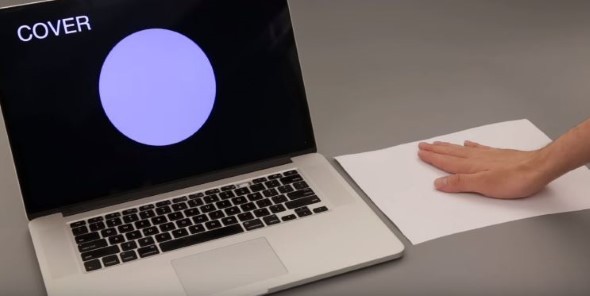Papers and technology could now meet through a new project by Disney Research as they use cheap RFID tags to make wireless controllers for interactivity without additional costs.
Researchers from the University of Washington have teamed up with Disney to develop the inexpensive stickers that can be used to bring a piece of paper to life by giving it the capability to connect to a digital system. The price for the RFID tags themselves do not even reach $1.
Once the RFID tags are attached to a piece of paper, it can be used for gestures and to perform several commands such as acting as a button or a knob. For instance, the paper can be a trigger to pause a playing video or to skip a song on a laptop's music player.
Carnegie Mellon researchers and the engineering doctoral and computer-science students from UW have collaborated to make the project possible, Seattle Times has learned. If the project moves on, it could even be used for smart books with interactive capabilities without having to spend more on the development.
Children's books could be a good application of the RFID tags on paper. They could be used to incorporate short but educational games on the books itself.
There are already interactive books but they tend to be bulky and expensive because of all the other materials used. The cheap RFID tags on the pieces of paper would not translate to a large increase on the price tag.
Dubbed as RapID, the new system from Disney and the researchers are inexpensive and even faster in processing low-latency signals compared to the traditional passive RFID system. RapID reduces the lag time down to 200 milliseconds from two seconds, TechCrunch reported.
Disney and the other researchers that developed the project hope that it will be extremely useful for classrooms as well. They said that it can be used for quick polls in class where students may just press a paper button instead of having to write down their choices.
The low-cost RapID framework could allow more classrooms and books to become smarter. It can also be used in homes with connected devices.



























